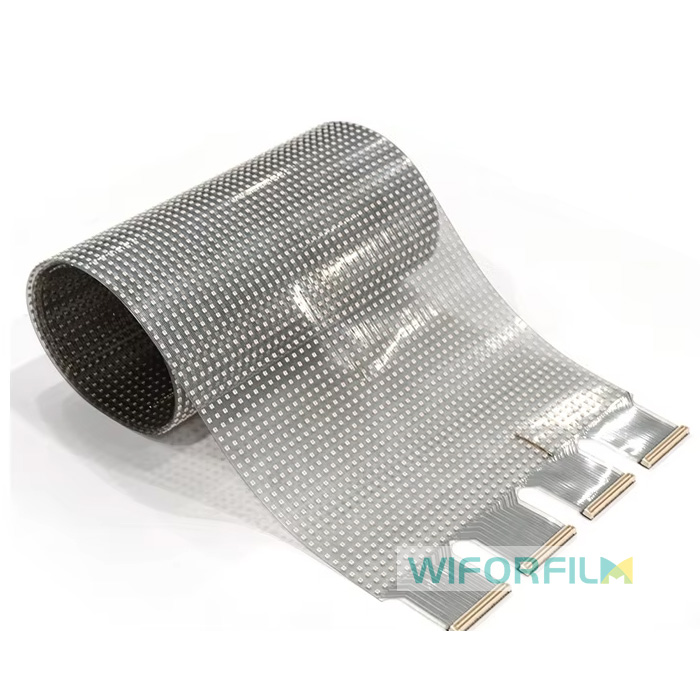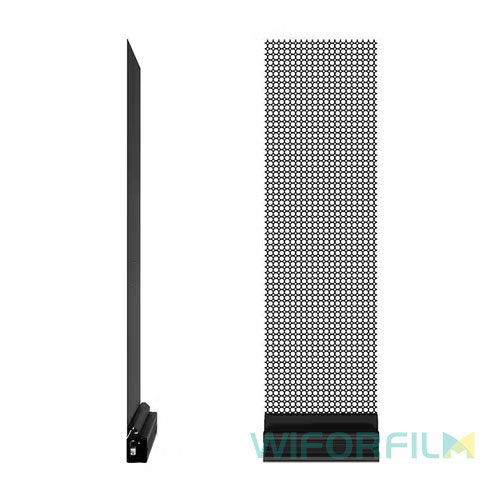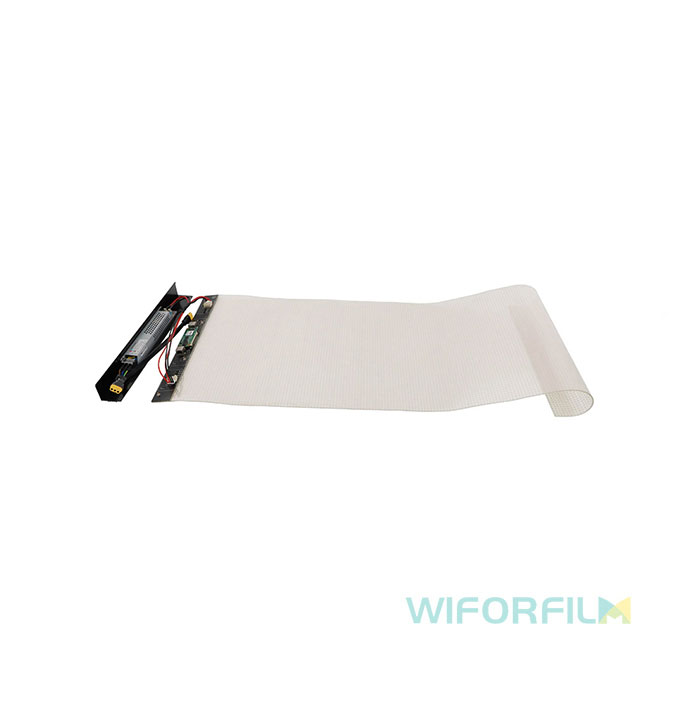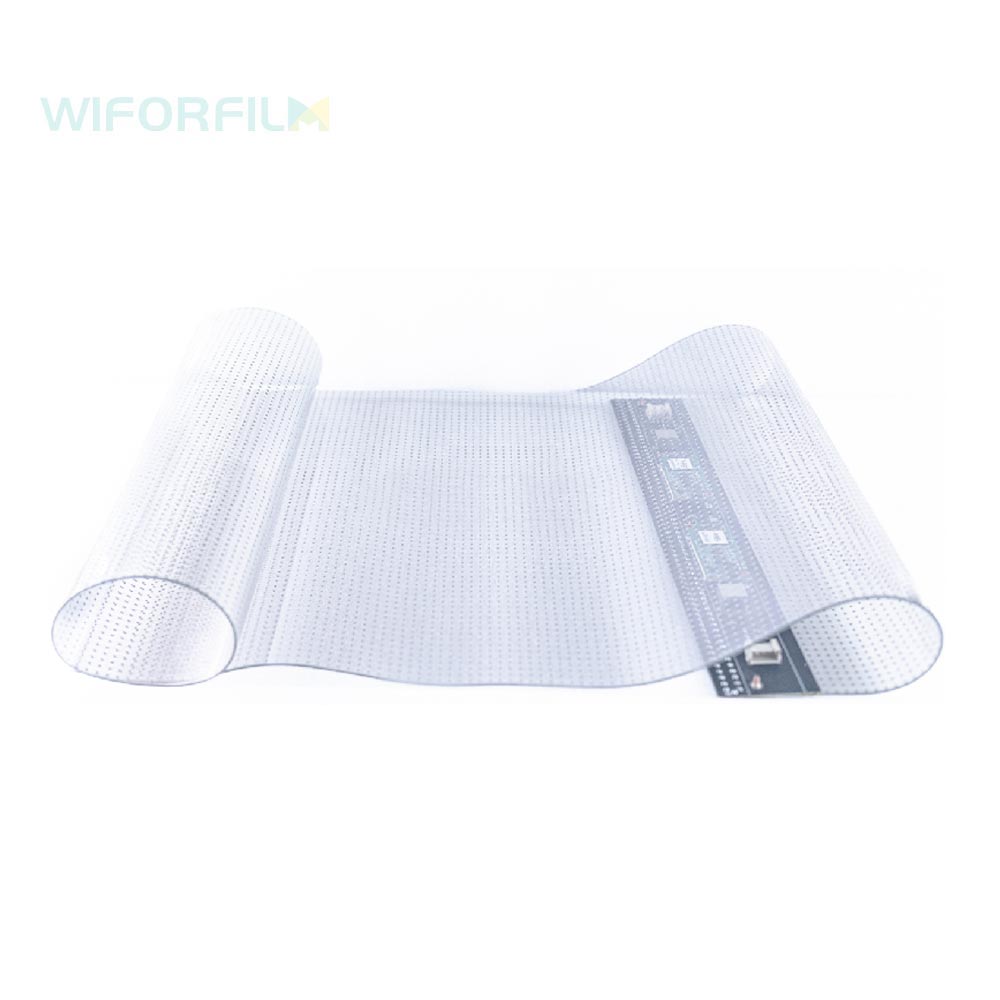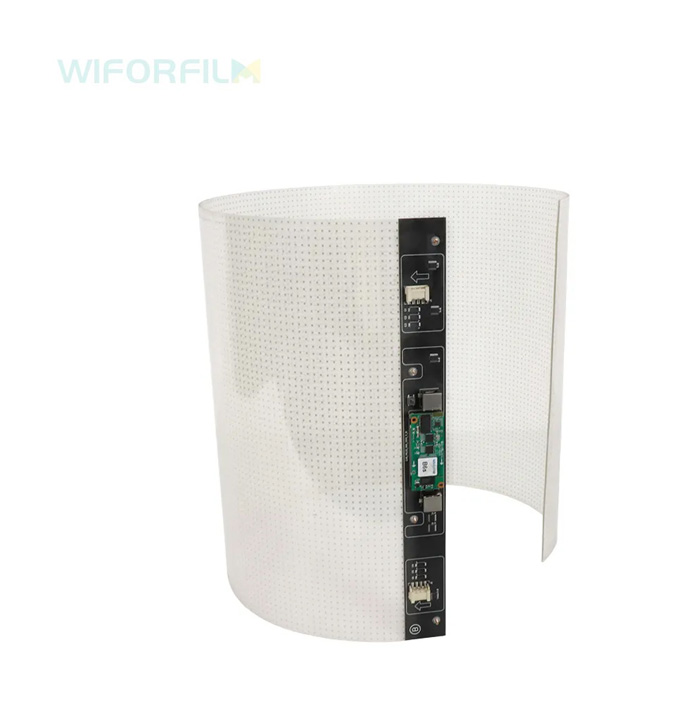LCD vs. LED: A Detailed Professional Analysis
In the display technology industry, LCD (Liquid Crystal Display) and LED (Light Emitting Diode) are two major categories that dominate the market. While often conflated due to their similarities, the two technologies differ in terms of functionality, performance, and application. This article will analyze these differences from a professional industry perspective, covering their technology, advantages, disadvantages, and future prospects.
1. Technology Overview
LCD Technology:
LCD displays rely on liquid crystal molecules sandwiched between two layers of glass or plastic. The liquid crystals manipulate light to create images, while a backlight (typically fluorescent or LED in modern variants) provides the illumination. Without an internal light source, LCD screens cannot emit light on their own.
LED Technology:
LED is often used as a backlight for LCDs, but when referred to standalone, it specifically pertains to OLED (Organic Light Emitting Diode) or MicroLED technologies. In OLED, individual organic diodes emit light directly when an electric current passes through. MicroLED utilizes inorganic materials for enhanced brightness and energy efficiency.
2. Performance Comparisons
Brightness and Energy Efficiency:
LED displays generally outperform traditional LCDs in brightness and energy consumption. In modern applications, LEDs require less power to achieve higher brightness levels, making them suitable for outdoor displays and energy-conscious devices.
Color Accuracy and Contrast:
- LCD: Standard LCD panels depend on backlighting, which can lead to light leakage and less accurate contrast ratios.
- LED: OLED displays achieve infinite contrast ratios since each pixel emits its own light and can turn off entirely for true black levels. This results in more vibrant colors and a better viewing experience.
Viewing Angles:
LED displays, particularly OLEDs, have superior viewing angles compared to LCDs. The latter suffers from color and brightness shifts when viewed from off-center angles, especially in older TN (Twisted Nematic) panels.
Durability and Lifespan:
- LCD: These displays generally have a longer lifespan as the liquid crystals do not degrade over time. However, their backlight components, especially fluorescent types, may wear out.
- LED: While OLED displays excel in picture quality, their organic compounds degrade faster, leading to issues like burn-in or reduced brightness over time. MicroLED, being inorganic, eliminates these concerns and offers exceptional longevity.
Thickness and Flexibility:
LED screens allow for thinner and more flexible designs. OLED panels are particularly advantageous for foldable devices and curved screens, which are challenging to achieve with traditional LCD technology.
3. Market Applications
LCD:
- Dominates in budget and mid-range products due to lower manufacturing costs.
- Widely used in computer monitors, TVs, and smartphones where cost-efficiency is critical.
- Preferred for applications requiring consistent durability, such as industrial displays.
LED:
- OLEDs are the choice for premium smartphones, high-end TVs, and wearables due to their superior image quality.
- MicroLED technology is emerging in ultra-high-end products like commercial displays and luxury televisions, where cost is less of a concern.
- Ideal for applications needing energy efficiency and lightweight designs, such as portable devices and automotive displays.
4. Cost Considerations
- LCD Panels: Generally cheaper to produce, making them accessible for mass-market devices.
- LED Panels: OLED and MicroLED panels are significantly more expensive due to complex manufacturing processes, limiting their adoption to premium devices.
5. Future Prospects
LCD:
The technology remains relevant due to continuous advancements like Mini-LED backlighting, which bridges the gap between traditional LCD and OLED performance. This innovation enhances brightness and contrast, extending LCD's competitiveness in the industry.
LED:
OLED technology continues to grow, with manufacturers addressing burn-in issues and reducing production costs. MicroLED represents the future of display technology with its unparalleled brightness, longevity, and modular scalability, though widespread adoption is contingent on cost reductions.




